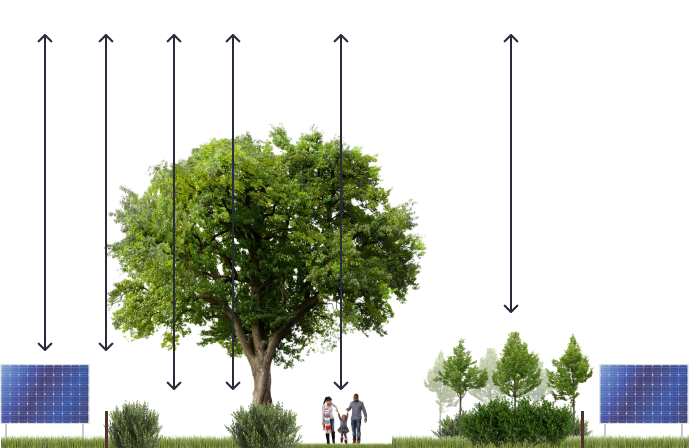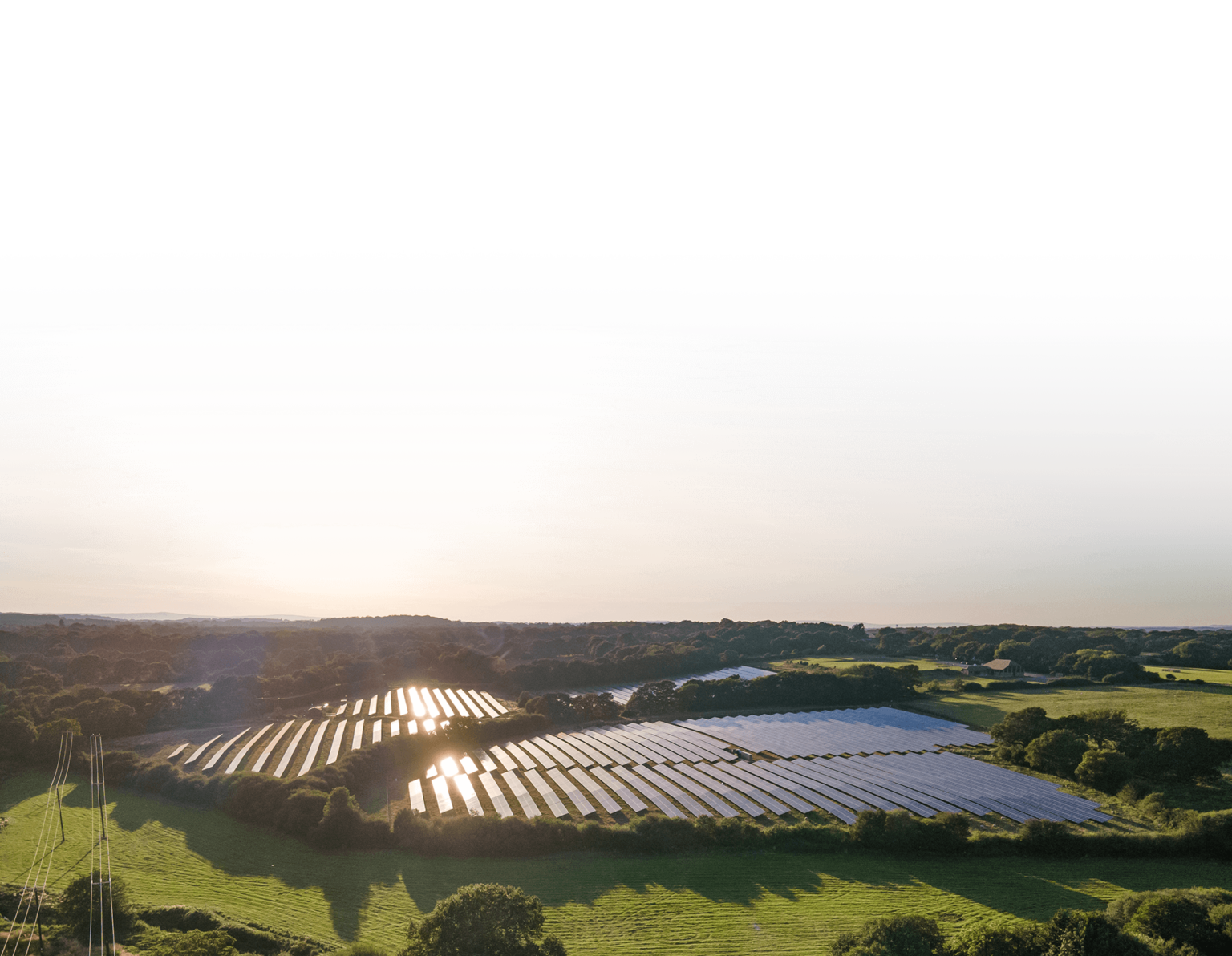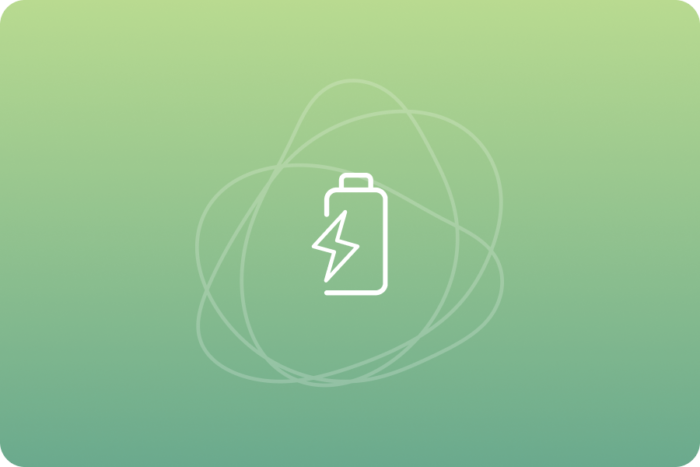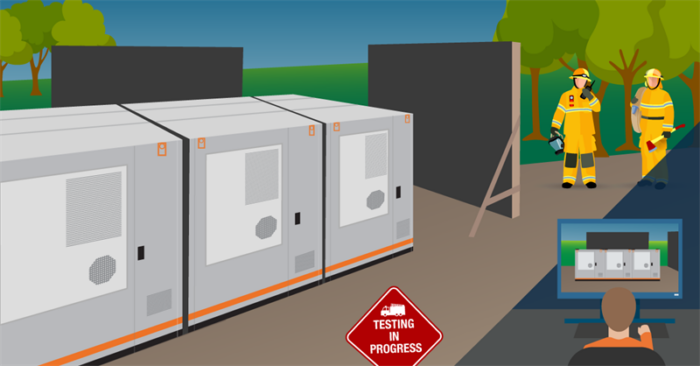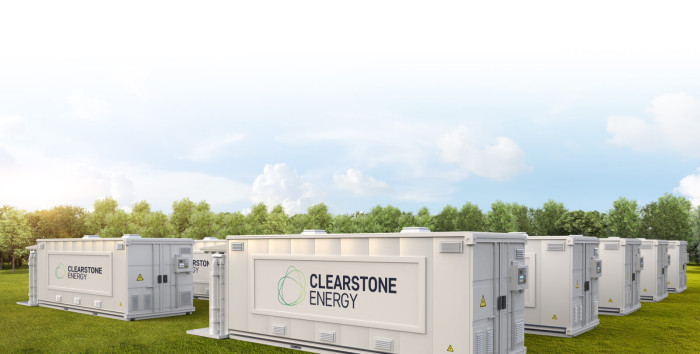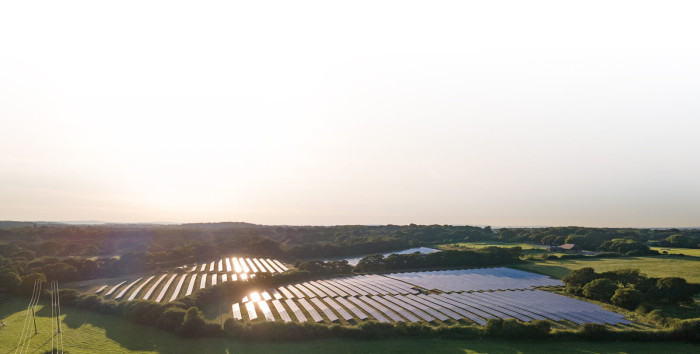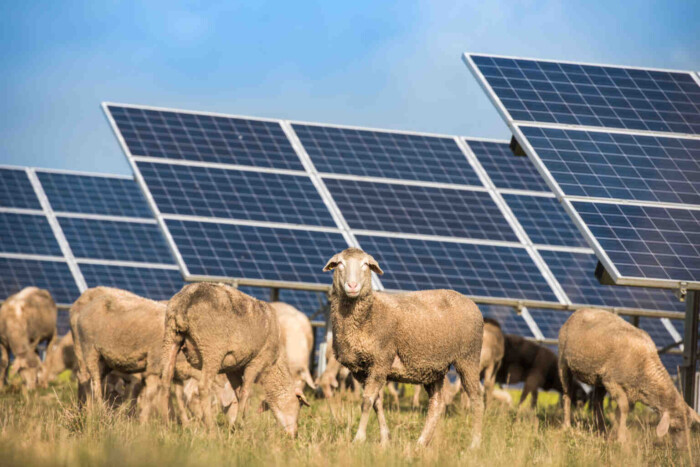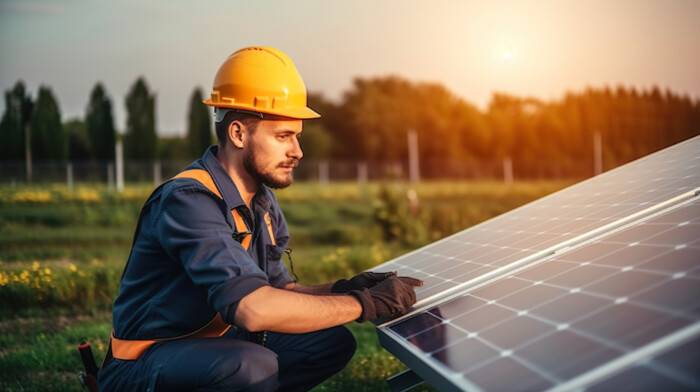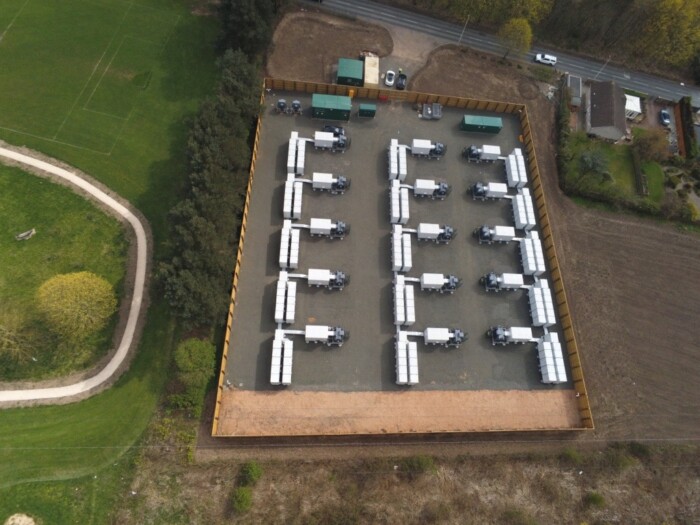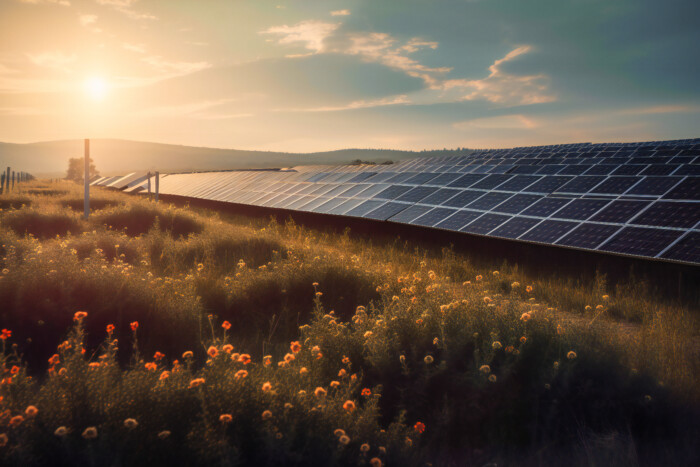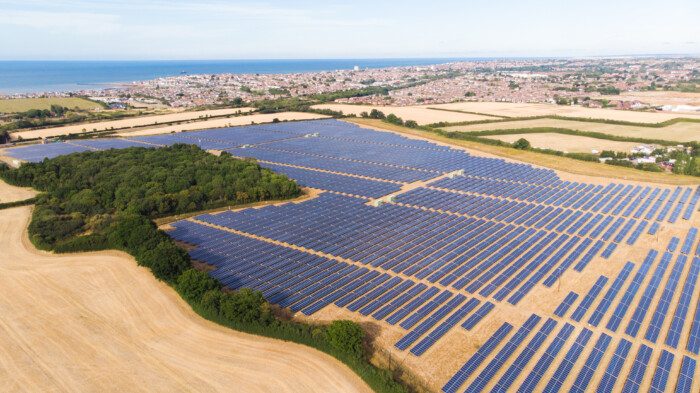What started as a heavily-subsidised initiative to start cleaning up the UK’s fossil fuel based electricity system has – thanks to rapid technology and supply chain development – become a key building block of a UK that will run on clean, low cost and home-grown electricity.
Solar is the fastest growing renewable energy technology in the UK because it provides the lowest cost electricity, is the simplest to install, and can be used to generate electricity close to the villages, towns and cities that need it.
In 2022, the amount of solar energy capacity installed was double that of the previous year, and it was achieved without any Government subsidies. However, as of 2023, we currently only have 20% of the necessary solar energy capacity to meet the UK Government’s target of a low-cost, fossil fuel-free electricity network domestically produced by 2035
SOLAR PHOTOVOLTAIC
Solar energy is now the most affordable electricity generation technology
.
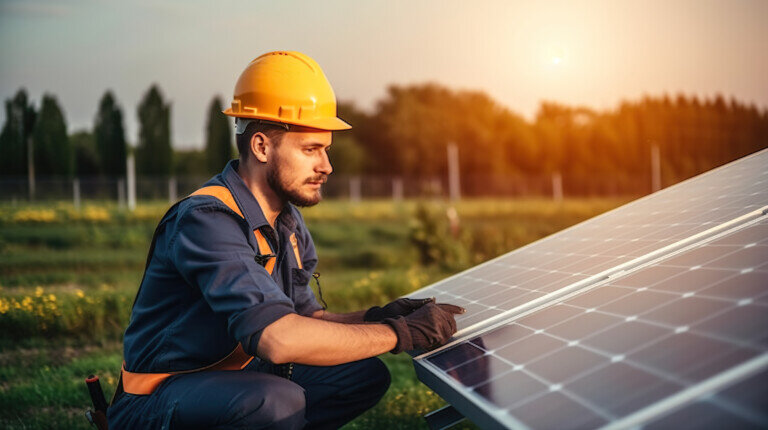
Supporting the longer term transition to zero emissions transport and heat.
The next 25 years will see electricity demand double as our petrol cars and gas-fired heating systems are replaced by electric versions to achieve the UK’s target of reducing carbon emissions to zero by 2050.
Solar’s low cost, simplicity and adaptability will significantly contribute to meeting that increased electricity demand. Whether as large scale solar farms, on the roofs of homes and businesses or built into the cars that we drive and and electronic devices that we use.
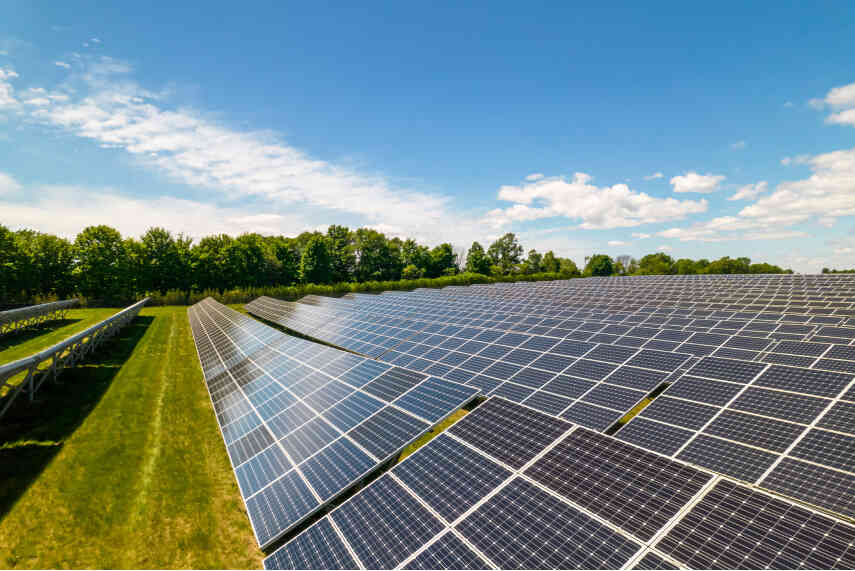
Solar panels are the fundamental component of a solar installation. They contain a silicon layer that changes sunlight into a direct electric current. An inverter then converts this current into the alternating current we use in our homes and to transport electricity across the country
On a solar farm panels are raised off the ground on metal frames and thousands of panels are connected together to generate enough electricity to power a small town rather than a single household. The solar farm is connected to a nearby electricity substation so that power can be delivered to local homes and business.
The benefits of installing panels on a solar farm are two-fold. Installation is simple and low-cost while significant economies of scale can be gained when installing thousands of panels simultaneously. Panels can also be positioned without the constraints of roof shapes or shade from nearby buildings to ensure they capture the maximum available solar energy.Together this enables solar farms to generate electricity at the cheapest unit cost of any renewable energy technology.
A typical large scale solar farm will produce enough electricity each year to power around 15,000 homes. Most solar farms will also have battery storage to enable some of the energy generated during the day to be released onto the network at night.
SOLAR TECHNOLOGY
What exactly is a solar farm and how do you build one?
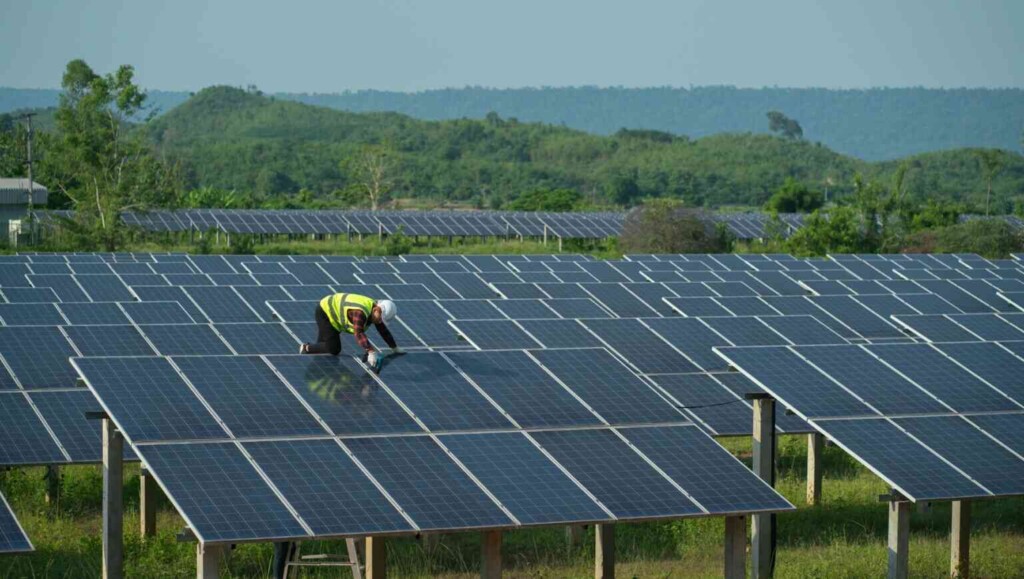
Anatomy of a solar project
Discover the key components of a ground mounted solar farm
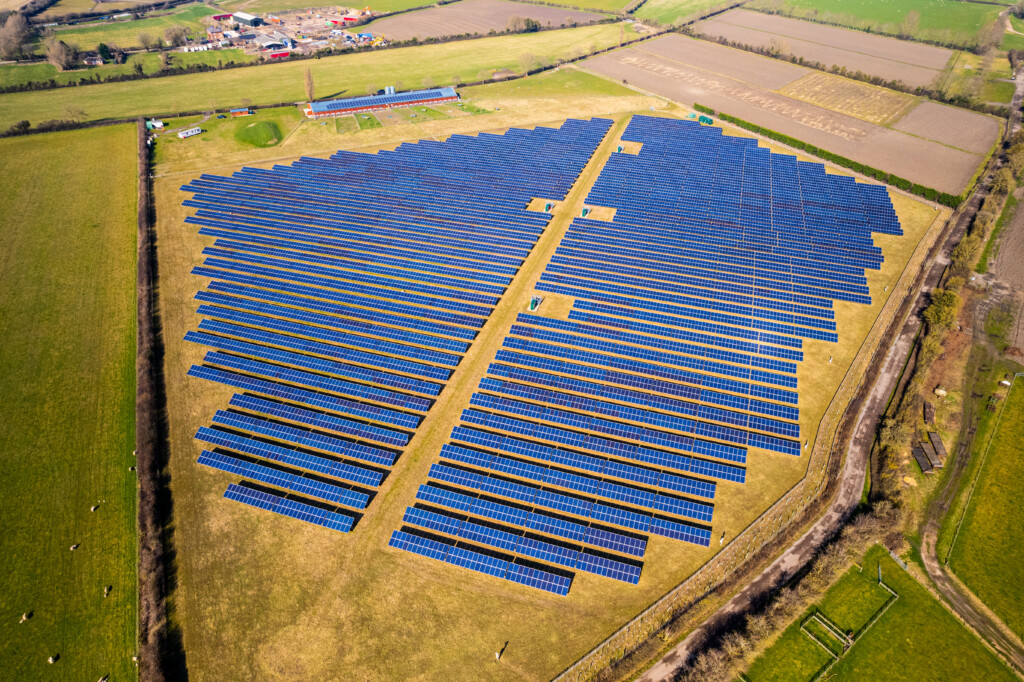
Contains all the elements/switchgear to connect to the local grid network
Convert current from DC to AC
Increases the voltage to meet the required voltage at the local network
Solar farms as nature reserves
The continued creep of farming, housing and commercial development across the natural landscape is also a contributor to climate change by reducing the natural environments’ ability to store carbon and regulate water flows.
We have learned from early solar farm projects that a well designed project can significantly increase biodiversity and strengthen natural ecosystems –
- Wildflower and grass planting around batteries and under the panels encourages insects and pollinators and
- Using native trees and shrubs to construct site boundaries creates new wildlife habitats
- Natural drainage systems using ponds, swales and wetland meadows encourages insects and amphibians
- Further new habitats are created through the construction of ponds, bat and bird boxes, butterfly banks and log pile housing across the site
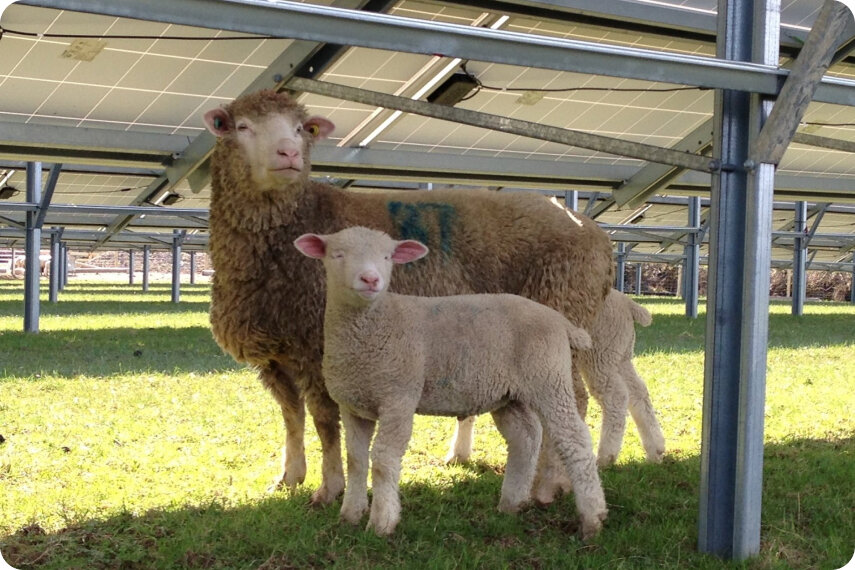
Each of our solar projects delivers on average 65% increase in biodiversity.
Designed to ensure safety, sustainability and minimise neighbourhood impact
Project sites are carefully chosen based on existing screening from roads, footpaths, houses and elevated viewpoints. This might be existing trees and hedgerows or natural features like slopes and ridges. Additional planting further increases boundary vegetation so that from most viewpoints, even natural elevations, the site can’t be seen.
While solar panels and batteries are almost silent, the cooling fans for the inverters that convert electricity for transmission to the local electricity grid and battery storage containers produce a low decibel noise when operational. These units are usually sited away from the site boundaries so inaudible to local residents and passers-by.
With no moving parts or liquids, solar farms are considered an incredibly reliable and safe technology. In fact, once operational, maintenance is largely restricted to cleaning panels and mowing the grass in front of panels if the site isn’t grazed by sheep. Further, without concrete foundations, a solar farm is a lightweight installation that is easily dismantled and removed at the end of projects operational lifetime, leaving no lasting imprint on the land barring the additional planting and wildlife habitats created as part of the project. There is a growing market for solar panel recycling and it is expected that almost all materials used on the project will be recycled after dismantling.
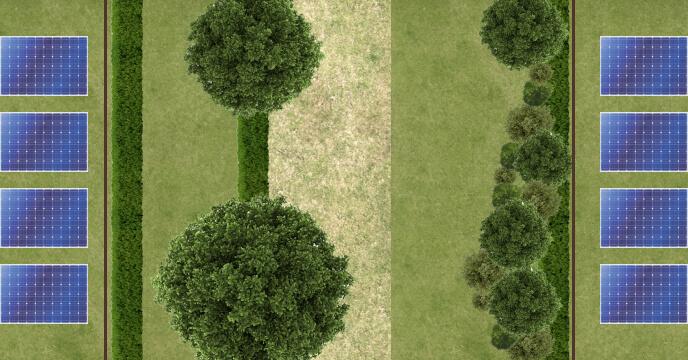
Solar panels
Stock fencing
Hedgerow planting
Hedgerow and mature tree planting
Public footpath
Shrub and tree planting
